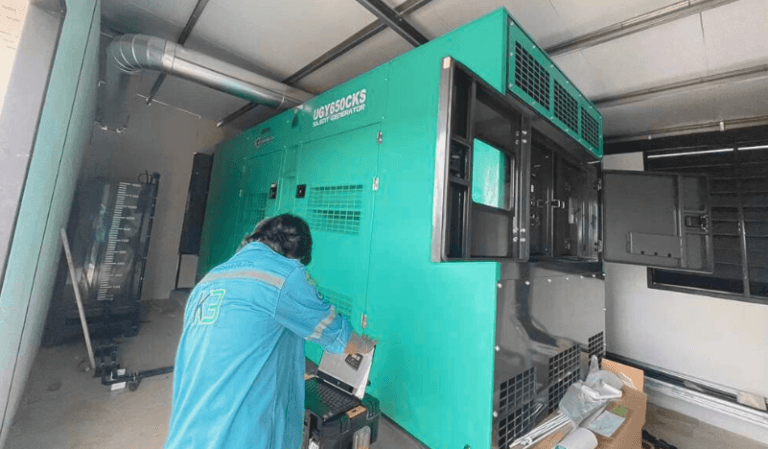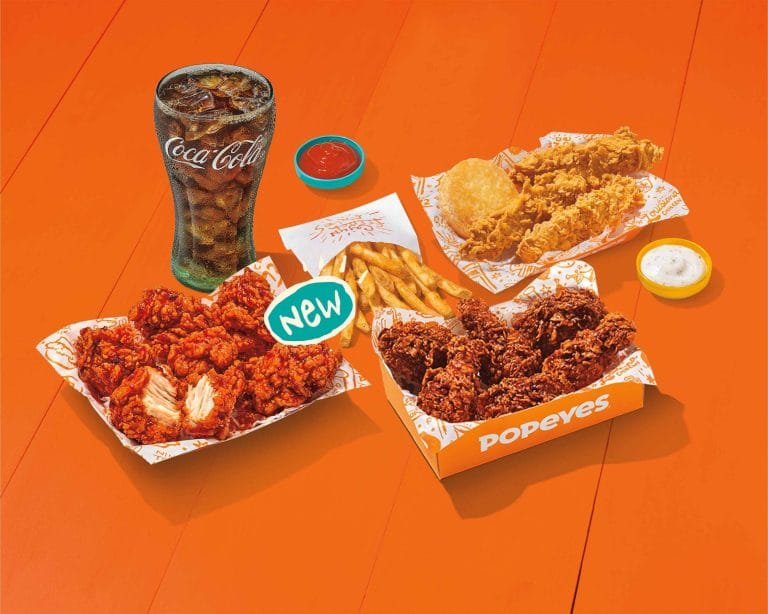
Two video slots can share the same theme and RTP yet feel completely different in your hands. The missing variable is often the payline model – how wins are detected and how frequently they appear. Line count, line geometry, and even whether a title uses fixed lines or ways-to-win change the tempo of wins and the size of swings across a session.
If you’re sampling different configurations and want a broad catalog to compare, a neutral starting point is parimatch casino. Browse a few titles side by side and the contrast in hit rate and payout shape becomes obvious once you pay attention to the line logic.
Fixed Lines vs. Ways-to-Win
Classic fixed-line slots evaluate win paths along predefined routes – 5, 10, 20, 40, sometimes 100 lines. You activate some or all, then match symbols left to right along those paths. Ways-to-win (243, 1,024, etc.) replace precise routes with position independence: any symbol in adjacent reels qualifies, typically left to right. The first style enforces precision; the second rewards coverage.
Because ways systems count many more combinations per spin, they tend to deliver more frequent small hits. Fixed-line games can feel streakier – fewer hits on average, but each hit often carries more weight because the paytable concentrates value into narrower routes.
Line Count, Hit Rate, and Payout Shape
Line count influences how often scatterings of symbols convert into actual wins. More lines raise the chance that a given symbol layout maps to at least one payline, which raises hit frequency. Designers balance that with a leaner base-paytable so the math still lands at the intended RTP. Fewer lines do the reverse: lower hit frequency, punchier individual pays.
Volatility emerges from this trade-off. Many lines + modest per-line pays = a smoother session with lots of feedback but limited spikes. Fewer lines + heavier per-line pays = longer quiet patches punctuated by bigger pops. Multiply that by multipliers, wilds, and feature frequency, and you have a profile that either invites steady, rhythmic play or asks for patience in exchange for larger peaks.
Geometry Matters: Straight, Zigzags, and Diagonals
Paylines are rarely simple horizontals. Zigzags, V-shapes, and diagonals widen coverage for mid-reel symbol placements and can turn near-misses into small wins. Titles with adventurous geometry often feel busier because more reel stops intersect at least one line. Conversely, austere sets (few, straight paths) keep screens “clean” but push more weight into features and top-symbol hits. If you prefer clear reads, fixed lines with simple paths make it easier to eye-ball outcomes; if you like a dynamic screen, intricate patterns keep the reel math engaging between features.
Ways-to-Win and Reel Arrays
Changing the reel array (e.g., 3-4-5-4-3) boosts the number of ways without adding reels, pushing hit rates up while letting designers thin base pays. Cascading or splitting reels can double that effect during features, where volatility migrates from line logic into multiplier ladders and expanding ways. The result is a base game that feels gentle, with the real punch stored in bonus rounds.
Scatters, Wilds, and Line Interaction
Wilds that expand or stick interact strongly with line density. In low-line titles, a single expanding wild can cross multiple valuable routes, producing outsized returns; in high-line or ways titles, wild coverage helps frequently but with smaller impact per event. Scatters sit outside lines and trigger features; their frequency sets the pace of “resets” that break long base-game stretches. A game with modest lines but frequent, well-paying features can mimic the feel of a higher-line slot because the feature cadence shortens dry spells.
Bankroll Planning by Payline Profile
Line logic should inform stake sizing. In high-line or ways titles with frequent small hits, players often scale stakes slightly higher to avoid “death by min-wins” – you rely on many outcomes to carry the session. In lean-line, high-volatility titles, smaller stakes and longer session budgets help you survive the gaps until a feature or premium connect lands. Treat the payline section of the info screen as a risk map: more coverage means smoother cash flow; focused routes mean bigger variance.
A Single, Useful Checklist
- Scan the payline diagram first: many lines or ways = higher hit rate, smaller average wins.
- Check feature frequency: sparse lines with frequent bonuses can feel smoother than the line count implies.
- Note wild behavior: expanding/sticky wilds hit harder in low-line games; in ways titles they add lift more often but lighter.
- Look for reel arrays: staggered reels (e.g., 3-4-5-4-3) signal higher ways and gentler base volatility.
- Match stake to profile: raise slightly on high-coverage games; trim and lengthen sessions on focused-line, swingy titles.
Design Perspective
For studios, payline selection is a lever that sets emotional cadence before art and sound go to work. Lines govern feedback frequency; features control drama. Tuning those together – say, a calm base with a feature that widens ways, or a sparse line set backed by a generous wild system – creates a signature feel without touching RTP.
Closing Thoughts
Paylines are the quiet engine of volatility. Line count and geometry decide how often screens convert into wins, while ways systems trade precision for coverage. Read the diagram, glance at feature cadence, and size your stake to the profile. Do that, and the session will feel intentional – either smooth and busy or lean and punchy – because you picked a line model that matches your risk appetite and patience.




